On the morning of August 6, 1945, a citizen of Hiroshima was sat on the stone steps outside the Sumitomo Bank when the world’s first atomic bomb was detonated over the city. He held a walking stick in his right hand, and his left hand was possibly across his chest.
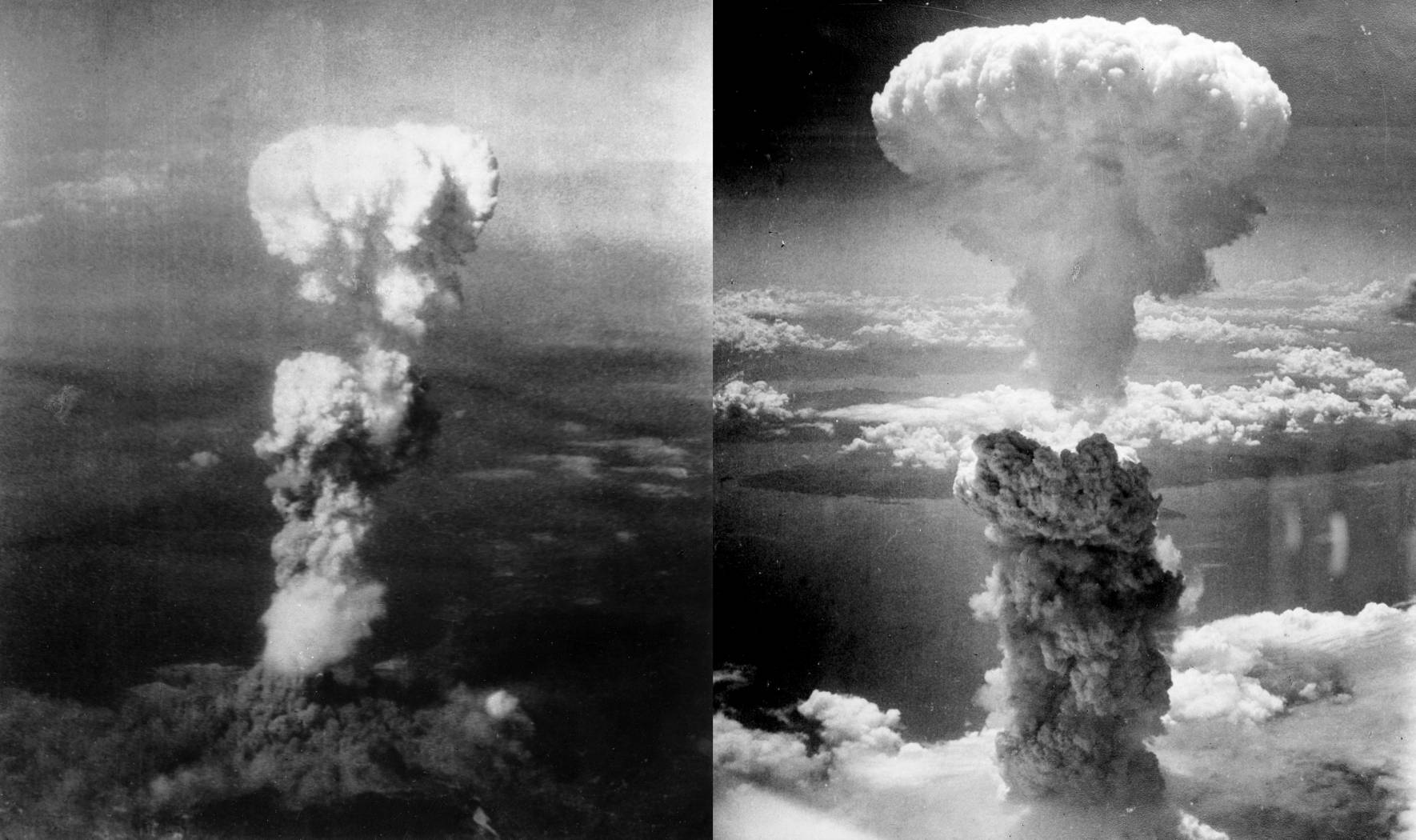
However, in a matter of seconds, he was consumed by the blazing brightness of an atomic weapon. An eerie shadow cast by his body stood in for him, a terrifying reminder of his final moment. Not only him, but the last moments of hundreds of thousands of people like him have been imprinted in this way in the land of Hiroshima.
All throughout Hiroshima’s central business district, could be seen these disturbing silhouettes ― the haunting outlines from windowpanes, valves, and those forlorn people who were in their last seconds. The nuclear shadows of a city destined to be decimated were now etched on buildings and walkways.
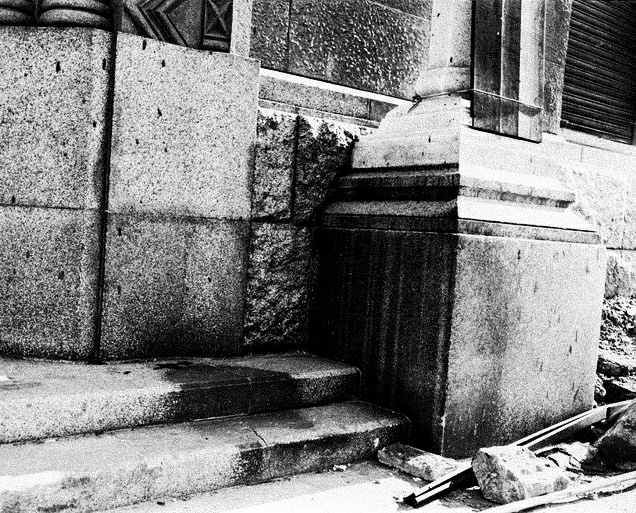
Today, these nuclear shadows serve as macabre reminders of the unnumbered lives who met their demise in this unprecedented act of war.
The nuclear shadows of Hiroshima
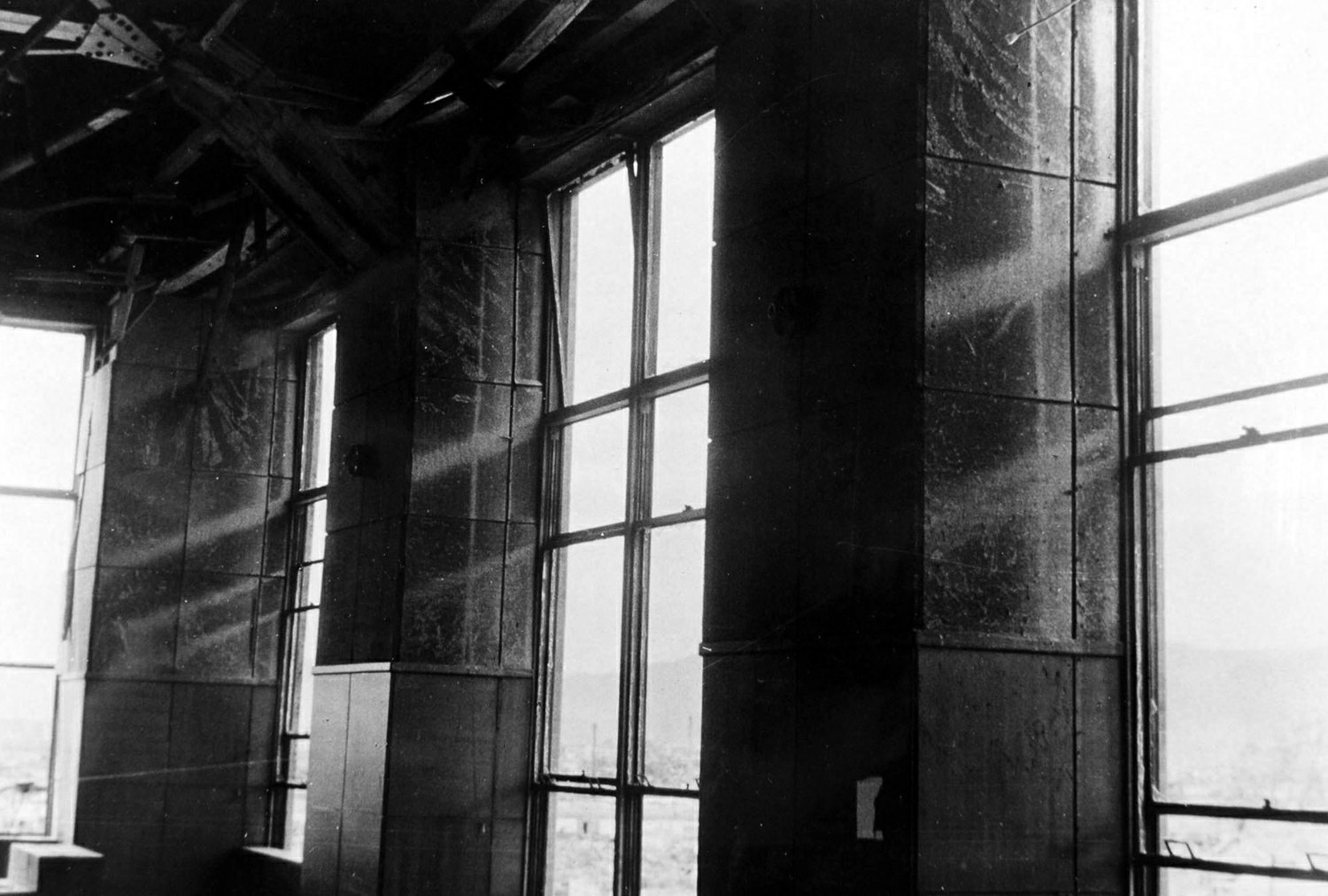
Little Boy, the atomic bomb that detonated 1,900 ft above the city, emitted a flash of intense, boiling light that burned everything it came into contact with. The surface of the bomb erupted in flames at 10,000 ℉, and anything within 1,600 ft of the blast zone was completely consumed in a split second. Almost everything within a mile of the impact zone was turned into a pile of rubble.
The detonation’s heat was so powerful that it bleached everything in the blast zone, leaving creepy radioactive shadows of human waste where once there were citizens.
The Sumitomo Bank was about 850 ft away from the point at which Little Boy impacted with the city of Hiroshima. No one could be found sitting in that spot anymore.
The Hiroshima Peace Memorial Museum claims that individuals weren’t the only ones responsible for the city’s eerie shadows after the atomic bomb dropped. Ladders, windowpanes, water main valves, and running bicycles were all caught in the blast’s path, leaving imprints on the background.
It didn’t matter if there was nothing blocking the heat from leaving an imprint on the structures’ surfaces.
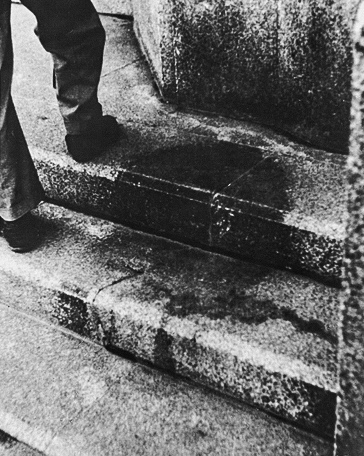
The shadow cast by the individual sitting on the bank steps is perhaps the most well-known of the Hiroshima shadows. It is one of the blast’s most detailed impressions, and it sat there for nearly two decades until being relocated to the Hiroshima Peace Memorial Museum.
Visitors may now get up close with the horrible Hiroshima shadows, which serve as reminders to the tragedies of nuclear blasts. Rain and wind gradually destroyed these imprints, which may have lasted anywhere from a few years to dozens of years, depending on where they were left.
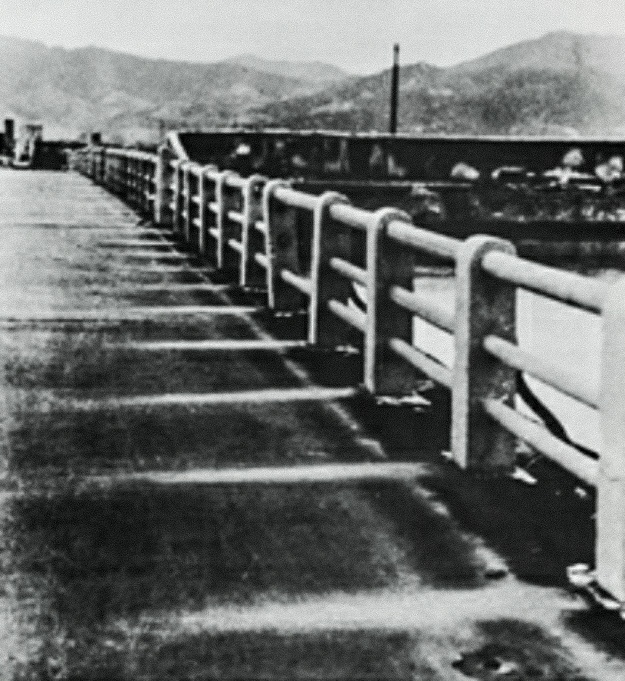
The destruction in Hiroshima
The devastation that followed the atomic bombing of Hiroshima was unprecedented. An estimated one-fourth of the city’s inhabitants were killed in the bomb, with a second-quarter dying in the months that followed it.
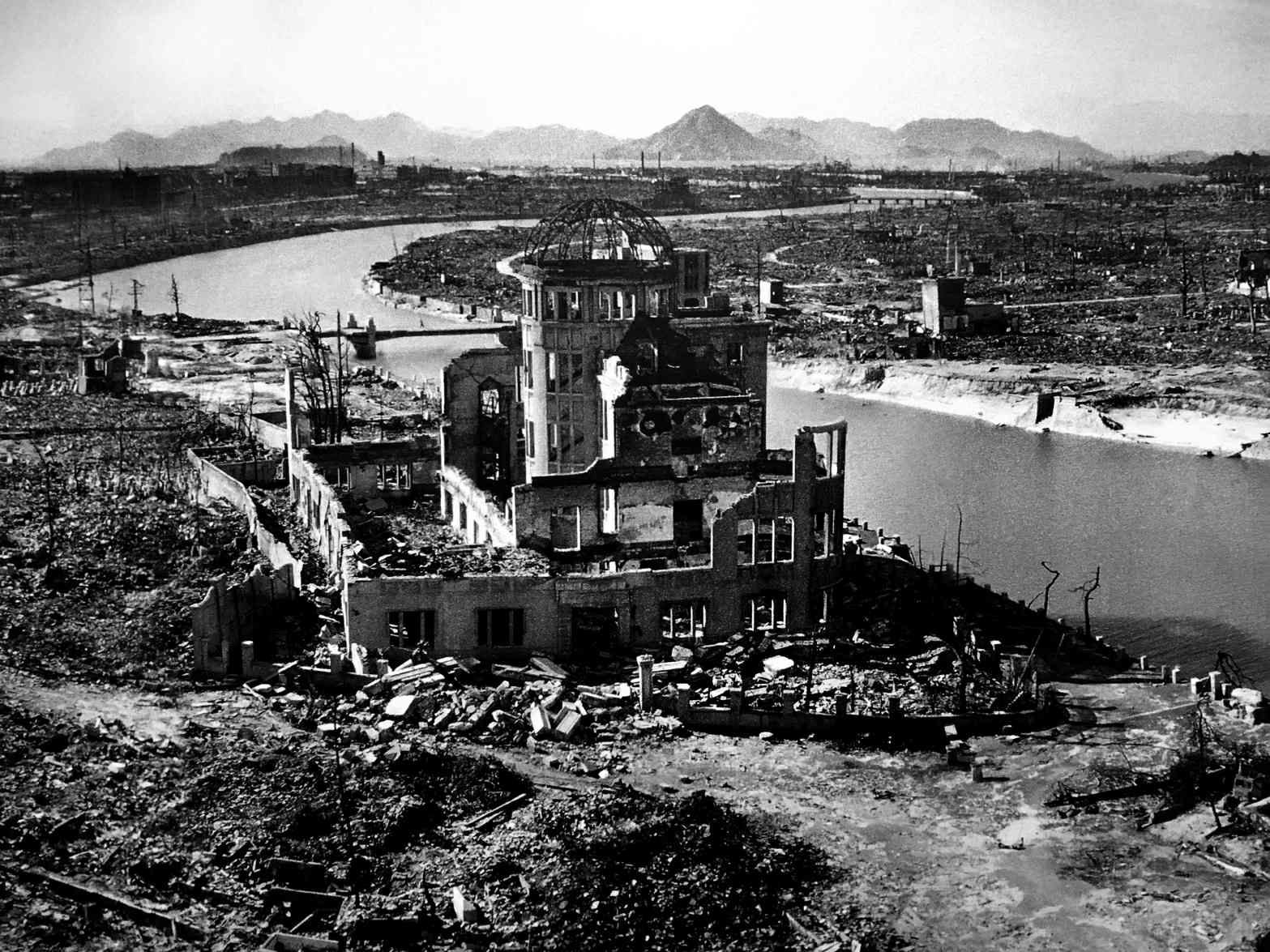
The blast caused intense damage up to three miles away from the city center. As much as two and half miles away from the hypocenter of the explosion, fires broke out and glass shattered into a thousand pieces.




